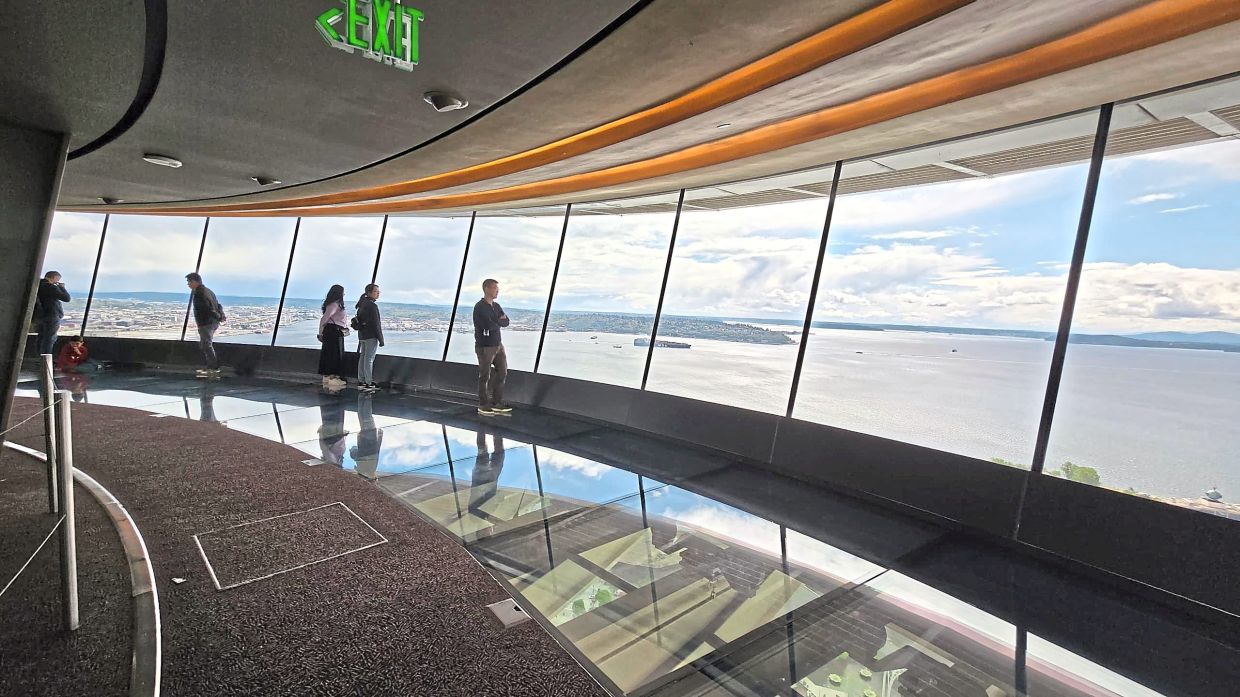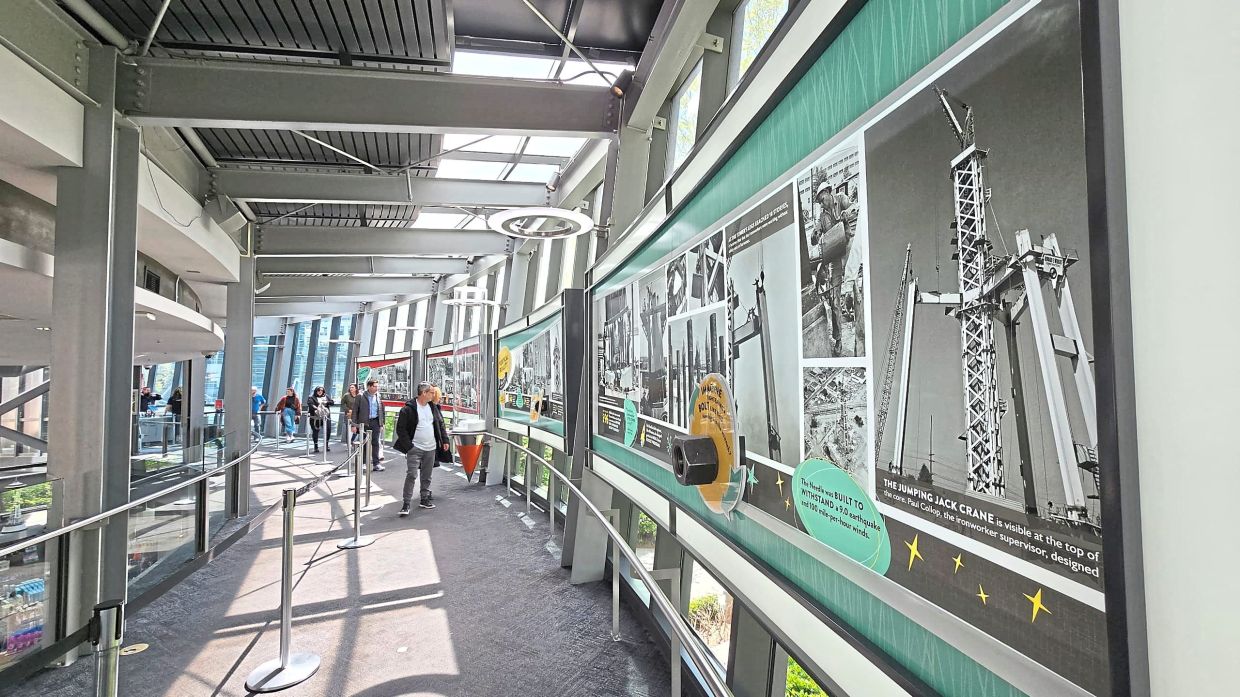The Eiffel Tower is one of the most popular tourist attractions in the world, visited by almost 300 million people since its opening. Photos: Canva
Mention the term “observation tower” and many will think of the Eiffel Tower in Paris, France or the Space Needle in Seattle, the United States. They are among the most recognisable landmarks in the world that were designed specifically as observation towers.
Historically, observation towers were built as guard posts or watch towers to oversee a large extent of an area. Modern towers are designed with viewing decks, restaurants, galleries and souvenir shops to draw in visitors.
Observation towers today serve as a city’s architectural icon, pride of joy, tourism magnet, and an integral piece of the urban fabric.
As someone who loves architecture, I find joy in visiting observation towers to capture a 360º unobstructed view of the city below. It’s just not the same as piloting a drone into the sky.
The experience always begins with a heightened sense of anticipation as you travel vertically to reach the highest floor.
As you arrive, there is something delightful about being in the present moment and viewing the city from the top. The feeling of watching the clouds move can be both delightfully fleeting and calming.
You instantly grasp the city’s full magnitude from a vantage point. You appreciate the city’s town planning for business, waterfront and residential districts.
In a single walk, you grasp the patterns of the urban fabric. You appreciate the pulse of different areas of the city, from a peaceful residential enclave to the exciting downtown.
Hence, in every new city I travel to, visiting the observation tower always tops my list of things to do. My recent travels compelled me to feature two unique observation towers that have become synonymous with their cities. It’s an interesting historical narrative of how both landmarks share similar stories of becoming (unintentional) global architectural icons.
Eiffel Tower, Paris
It’s fascinating to learn that the 330m-high Eiffel Tower was designed by noted bridge engineer Gustave Eiffel as a temporary structure for the 1889 World’s Fair (a large international exhibition of a wide variety of industrial, scientific and cultural items). Despite facing protests from the arts and creative community, who claimed it would be monstrous and damage the city’s skyline, the tower became a massive success.
Today, the Eiffel Tower stands as one of the most popular tourist attractions in the world, visited by almost 300 million people since its opening. This is a testament to its enduring cultural significance and timeless appeal.
Space Needle, Seattle
The Space Needle in Seattle is an unmistakable icon that stands tall at an impressive 184m.
The tower was completed at US$4.5mil (RM21.2mil) in just 400 days for the Century 21 World’s Fair in 1962, which had a futuristic space-age theme.
It’s fascinating to learn that the idea for the tower was sketched on a restaurant napkin by the then chairman of the World’s Fair, Edward E. Carlson, after being inspired by a broadcast tower in Stuttgart, Germany.
Architect John Graham was initially commissioned for the project, but it was architect Victor Steinbrueck who was credited with the tower’s unique three-legged form.
Despite facing criticism from some architectural critics, the Space Needle has become an iconic symbol that the public adores and is a testament to the vision and ingenuity of its creators.
The Space Needle underwent a major renovation project in 2017 called ‘The Century Project’ by architectural practice Olson Kundig.
The project added a rotating glass floor and glass barriers at the observation deck, breaking down barriers between the inside and outside and enhancing visibility.
Visitors can now enjoy a breathtaking view of the city below through the glass floors. Even in 2024, the Space Needle continues to be a popular destination, attracting about 1.3 million visitors annually and remains an iconic symbol of Seattle.
Tan Bee Eu is a professional architect and interior designer registered with Lembaga Arkitek Malaysia with over two decades of professional practice. She also teaches at Universiti Sains Malaysia and is a frequent keynote speaker at architectural forums and juror of international awards. She can be reached at www.betadesignz.com/contact.









